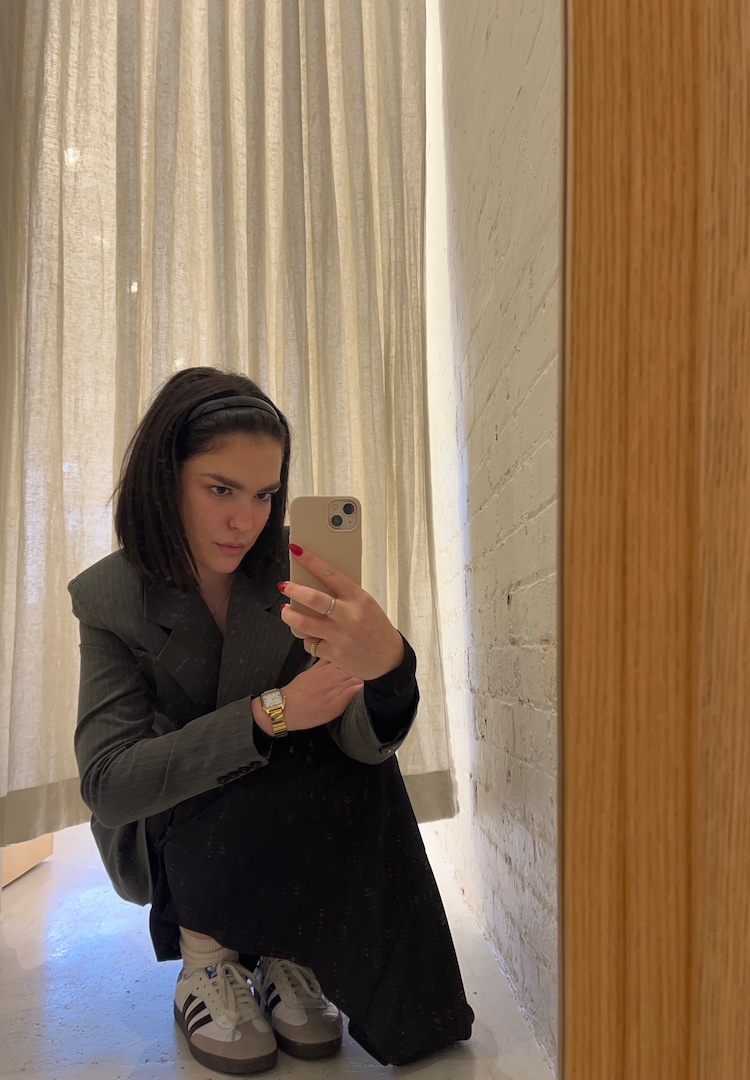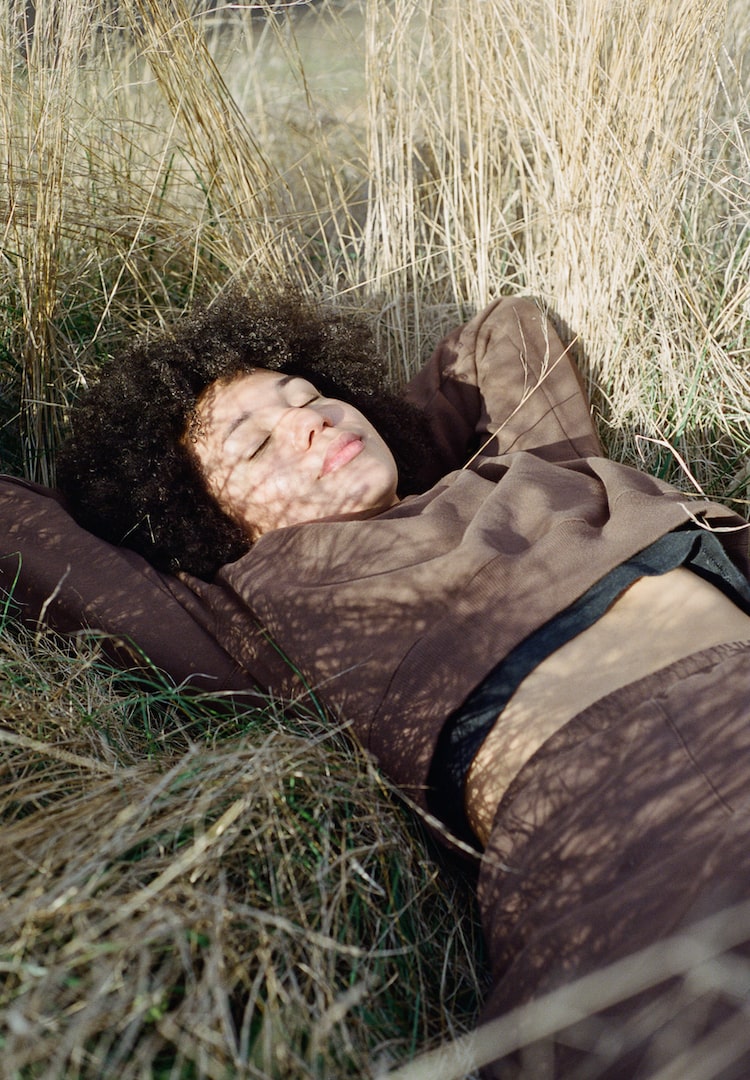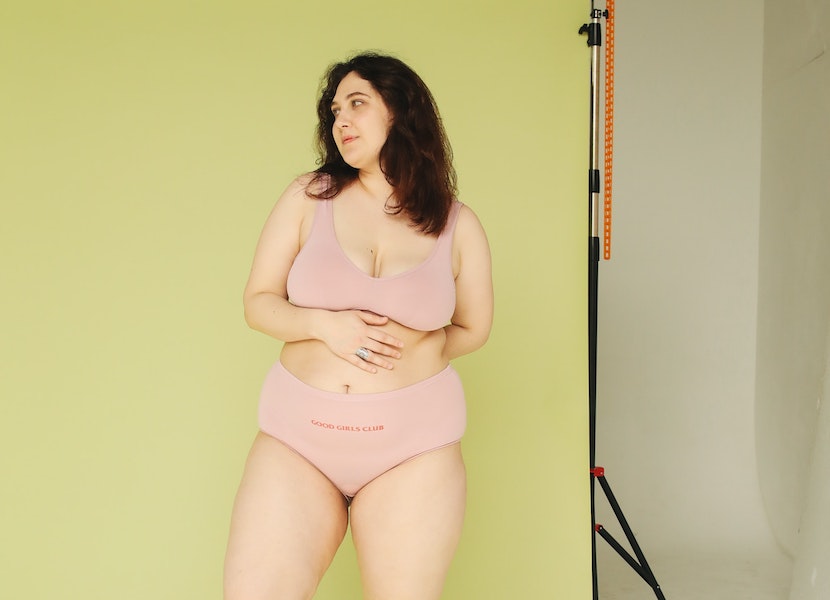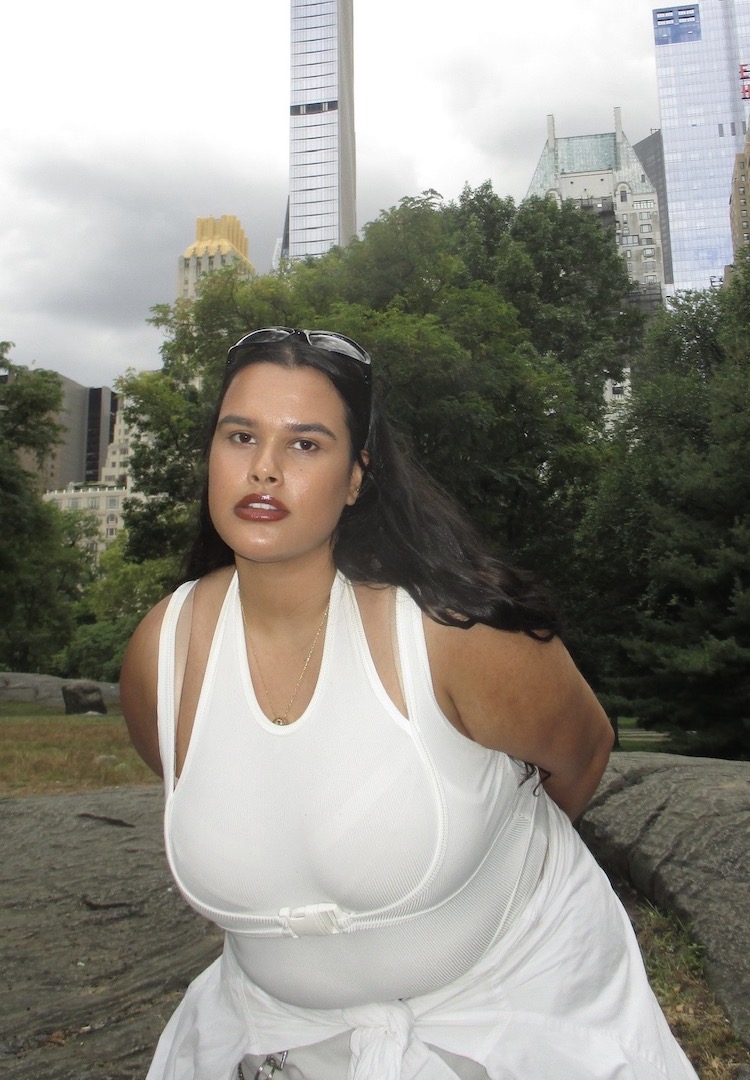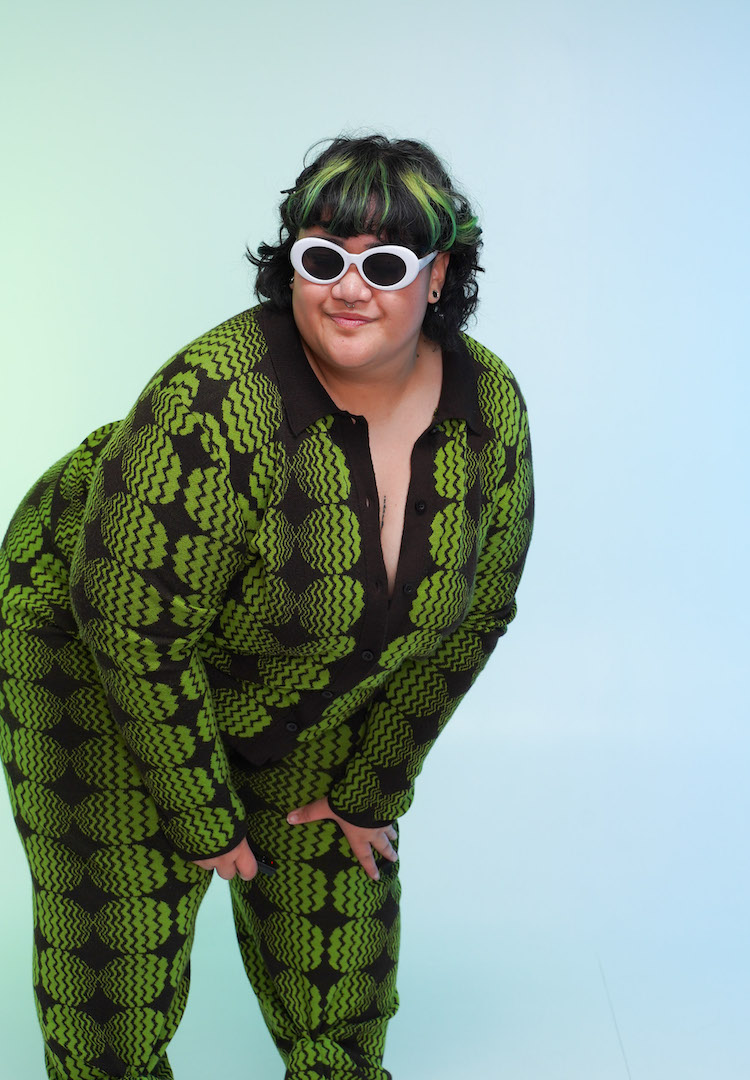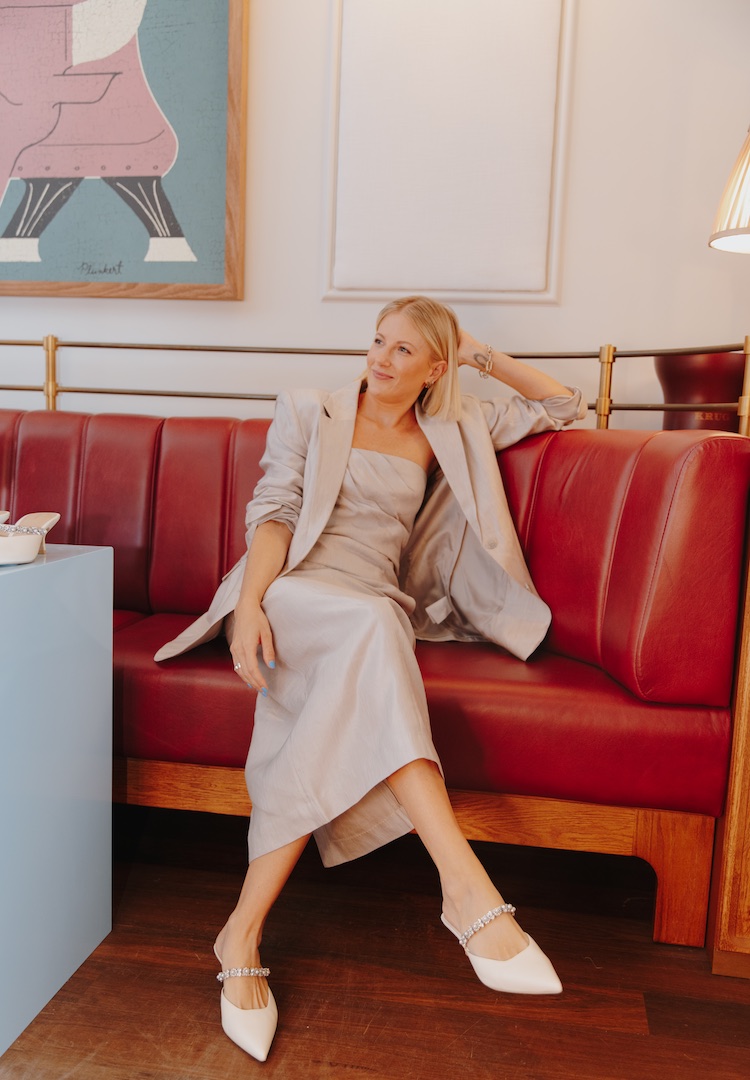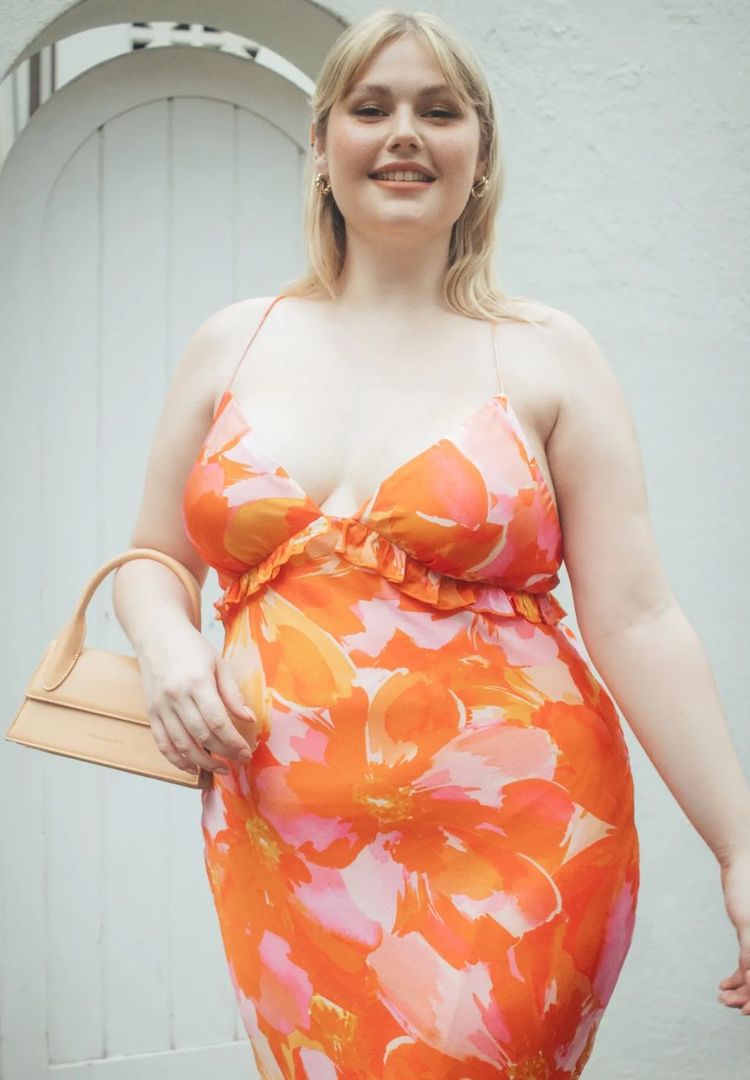What does size-inclusive fashion really look like in 2023?
WORDS BY BIANCA O’NEILL
“At a time when we’re seeing more plus-sized brands emerging than ever before, why isn’t the wider industry getting on board?”
If you’ve felt like size diversity has been sliding backwards in 2023, you’re not imagining it. When Vogue Business released its size inclusivity report earlier this year, it confirmed what we already know: after a slight uptick in representation following years of campaigning, we’ve been slowly shifting backwards again.
For more fashion news, shoots, articles and features, head to our Fashion section.
So at a time when we’re seeing more plus-sized brands emerging than ever before, why isn’t the wider industry getting on board? And what exactly does size-inclusive fashion really look like in 2023?
It’s still a niche
Despite us already knowing what the industry deems ‘plus size’ is actually pretty average, it’s still seen as a niche for fashion retailers to offer sizes above 12 or 14. As a result, brands still tend to offer separate designs, categories or collections for much of the plus-sized market. But that’s exactly the opposite of what most women want.
Rather than separate their sizing out as a distinct category, filled with what plus-size consumer Jacqueline Hayes says are mostly ‘potato sacks’ and ‘cold shoulder tops’, shoppers want to be offered what everyone else has on the rack – but in their size.
“Cold shoulders are not and never will be a vibe,” says Jacqueline. “For plus-size options, if you want to buy current trends, you often have to opt for the fastest of fast fashion brands – think Boohoo or Shein – particularly if you need to buy a size above a 20. This means you’re often buying things of a poorer quality – and poor fabrication can be even more noticeable on a bigger body.
“The standard range [at one of Australia’s largest department stores] goes up to a size 20, however, if anyone is bigger than 20, they have to go to the dedicated plus size section, which fits into every awful stereotype of plus-size clothing imaginable and seems to be aimed at ladies over 55 who have a penchant for potato sacks,” Jacqueline continues.
“Up until about six to 12 months ago, the majority of my shopping has had to be done online (thank god for The Iconic). My style has always been fairly classic, favouring neutrals over bold colours. So often plus-size clothing in-store would predominantly come in garish colours and prints.”
Elm’s Head Designer, Libby Bell, has seen the same feedback from her customers. “One of the most important learnings for plus-size retailers, and any fashion retailer for that matter, is to listen to your customers… We actually started out with a separate line for curve sizes, but after receiving feedback from customers that they weren’t interested in a separate range, but rather just wanted what was in the main Elm range, we switched to extending our size range available.”
Popular Australian brand Witchery has also listened to its consumer, recently extending sizes up to 20 in most styles and ranges, rather than as a separate range. “Witchery extending their size range up to a 20 has been monumental,” says Jacqueline.
“While it is absolutely an issue that they don’t extend further, the way they’ve done the extension is ideal… Until I went and shopped in Witchery in-store, I had genuinely forgotten how much easier and more joyful shopping can be when you can try things on, rather than only being able to buy online and having to return if they don’t work.” But why can’t all brands simply extend sizing to larger sizes? Why must plus-size clothing become a separate series of designs?
The trouble with the plus-sized industry
When local brand Commonry opened in Melbourne a few years ago with a range exclusively for the mid-size and curvy consumer, starting at size 10 and going up to a 22, I spoke to the brand’s Head Designer Jane Grimme about the commitment to design detailing and fit.
Yes, it costs money to have two different fit models and to cut clothing differently as sizing goes up. Yes, it costs money to add smart, adjustable details that allow your clothing to fit across a range of body shapes, and change as bodies fluctuate here and there.
But why is this an exclusively plus-size consideration? All bodies fluctuate in size and shape, particularly over the month of a cycle – and we should be adding these details no matter what the size is on the tag.
It’s something the recently launched Melbourne brand Maj’r also considered when creating its body shape-conscious first collection, targeted at a mid-size consumer. Skirts and pants are cut with curves in mind, no matter what the size, with elastic and pleat detailing allowing for more room around bums, hips and thighs.
But Maj’r is a rarity in straight sizing. Most straight-sized brands cut simple, cheap-to-manufacture silhouettes, creating a false and familiar narrative that plus-size clothing is just too hard and expensive to adapt to. The result?
As Jacqueline mentioned, a series of un-trendy oversized “sacks” in cheaper fabrics, often poly stretch, in order to lazily attempt to deliver on fit for everyone. As Nicole Adolphe, The Iconic’s Head of Style, points out, simple adjustments to eCommerce can help make the difference.
“For example, when shooting with brands such as Abercrombie & Fitch and Nike, our creative team will shoot two models of different sizes in the same clothes. To enhance the shopping experience, we have collaborated with our tech team to improve filtering options, allowing customers to easily navigate and shop our 18 to 24 size range.
“For instances where customers need to make a return, we actively seek feedback around garment size and fit so we can glean further insights to improve the customer experience.”
Where are we headed?
“Plus-size fashion has come a long way over the past few years,” Libby Bell tells me. “We’ve seen trends in body positivity really come to the main stage of fashion and a big emphasis has been placed on inclusion and diversity in the fashion space. We now see a lot of plus-size fashion being more trend-driven rather than just basics, which is a step in the right direction.”
But as fast as high-street retailers jump on board with adding size ranges above 12 or 14, the luxury industry is still disappointingly lacking. Earlier this year, I spoke at length about the seeming discomfort within the luxury fashion industry (and fashion weeks generally) in addressing its lack of size and shape diversity, as well as its mostly tokenistic gestures towards inclusivity.
So why, if the majority of women are certainly larger than sample size (and more often than not larger than a size 12), are luxury brands ignoring them? Aren’t they just missing out on a huge opportunity for profit?
“A lot of model casting during fashion week is feeling increasingly performative again,” said Mina White, an agent at IMG Models, in a recent article for The New York Times. “Only one or even two curve or midsize models per show does not reflect a meaningful change or true inclusivity. It’s tokenism, especially if any size diversity in front of the camera is still not translating into runway fashion in mid- or plus-sizing being available on the shop floor.”
However, Nicole Adolphe believes representation has been increasing of late, particularly in the retail environment. “Over the past few years, we’ve seen a massive rise in curvy representation across the industry, whether that be through eCommerce imagery, on the runway or in marketing content.
“The rise of influencer marketing has also contributed to increased visibility of plus-size fashion, with content creators showing their audience how to curate a fashionable, trend-driven wardrobe for curvier sizes.”
But with street style also showing a bias for thin bodies, too often curvy and plus-sized inspiration is left to niche influencers on social media, or specifically tailored red carpet moments that allow for tokenistic representation of labels that don’t even cater for the consumer they’re trying to appease.
So, in a time when ultra-low waistbands and super-thin models on the runway are being heralded as a return to the 2000s ‘heroin chic’ look, how can we possibly expect real change? And, after all these years of activism and noise, why do we still believe that a person’s body is a ‘trend’? It’s time for women to vote with their wallets – so choose wisely.
For more on size inclusivity in Australian fashion, head here.

